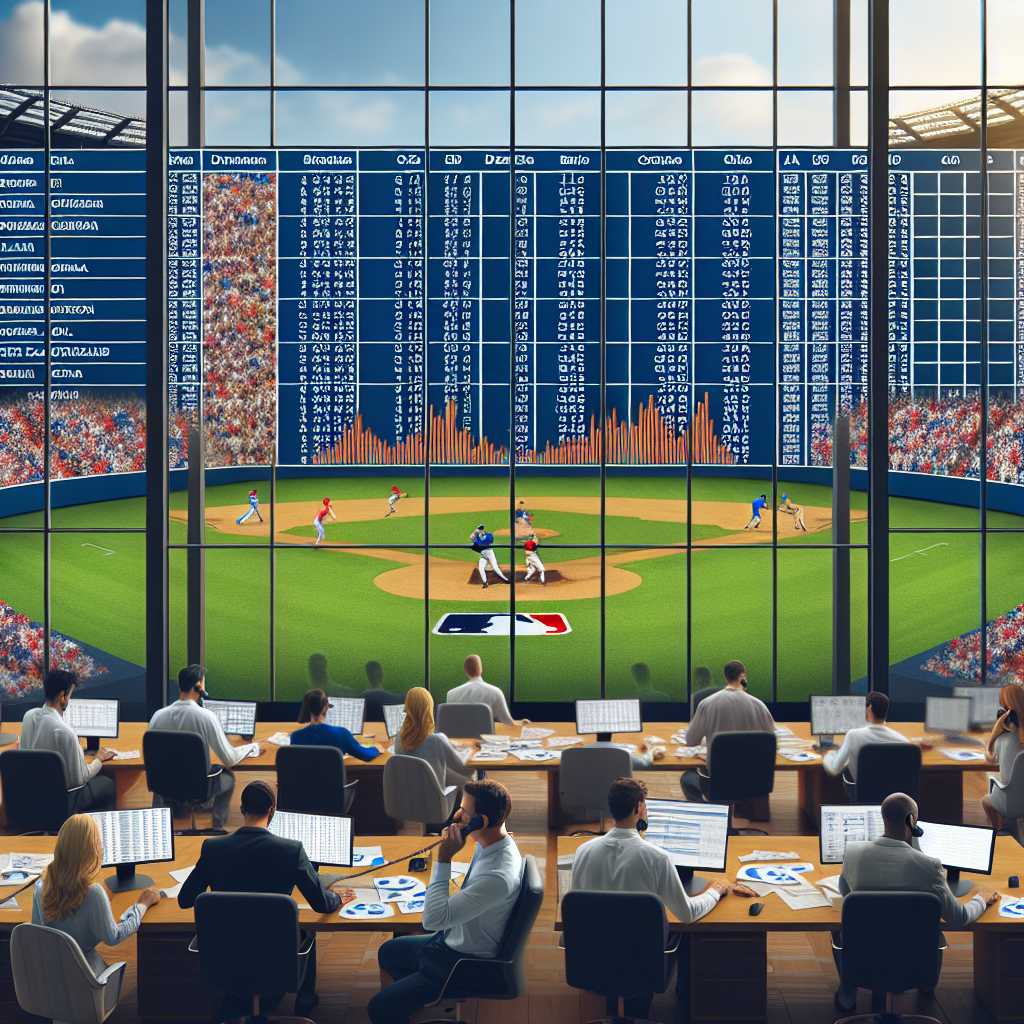Understanding the MLB Trade Deadline: Functions and Strategic Impact
The Major League Baseball (MLB) trade deadline is a critical annual date on the calendar for teams, players, and fans alike. This deadline marks the final day during the season that MLB teams can trade players among each other without passing the players through waivers. While the specific day varies from year to year, it typically falls on July 31st. The flurry of activity leading up to this date can make or break a team’s season, by either bolstering their roster for a postseason push or signaling a rebuild through the acquisition of prospects.
Historical Context of the MLB Trade Deadline
The Evolution Over Time
The trade deadline has been a part of baseball since 1923, but it was not until decades later that it began to take on the significant role it occupies today. The original purpose was to maintain competitive balance toward the end of the season and to prevent teams out of contention from offloading high salaries to richer teams in contention.
Over time, as player salaries increased, and the minor league farm systems became more integral to team success, trading player contracts became a complex and strategic aspect of the game. The waiver trade period following July 31st was eventually abolished in December 2019, via an MLB rule change, giving more prominence to the end-of-July deadline – now not just the non-waiver trade deadline, but simply the MLB trade deadline.
Strategies Employing Trade Deadline Moves
The Buyers and Sellers Mentality
Teams approaching the trade deadline typically fall into two categories: buyers and sellers. The buyers are those in playoff positions or competing for a spot who aim to strengthen their team, usually with veteran talent or players that can bring immediate impact. Sellers are typically teams that fall short in the standings. These teams often trade away experienced talent in return for prospects, draft picks, or players with contracts that will provide their organizations flexibility in future seasons.
Prospects for Present Talent Exchange
The most common trades involve rebuilding teams – The sellers – shipping veteran players with expiring contracts to contenders in exchange for younger talent. These young players often come from the buyers’ farm systems and represent potential future stars. This dynamic has resulted in some highly anticipated minor league prospects finding their way onto major league rosters post-deadline.
The Psychological Effect on Teams
Approaching and beyond the trade deadline, teams experience shifts within their clubhouse culture. Players rumored to be on the trade block might feel uncertainty about their future with the franchise – which can affect morale. On the other hand, acquiring new talent ahead of a postseason run can greatly boost a team’s spirits, though it does require quick integration into existing lineups and clubhouse dynamics.
Recent Critical MLB Trade Deadline Moves
2021 San Diego Padres’ Deals
For example, ahead of the 2021 deadline, the San Diego Padres made headlines by acquiring several big names to reinforce their pitching rotation and assert themselves as serious contenders. Moves like these show how willing some franchises are to invest heavily for short term gains with hopes for a World Series title.
The Economic Implications & Aftermath Procedures
Financial Flexibility Versus Salary Dumps
In addition to player talent considerations, economic factors play a substantial role at the trade deadline. Teams might seek to dump large contracts as part of a broader strategy related to reducing payroll, seeking financial flexibility for future acquisitions in free agency periods.
Post Deadline Waivers and Claiming Processes
Even in past years when post-July trades via waivers were allowed leading up through August, most significant player movement occurred at the July 31st cut-off as this was seen as the last chance for secure trades. Teams also navigate post-deadline waivers and claiming processes, related now only to players designated for assignment or outright releases.
Notes
At this juncture in time where every move is scrutinized, quantified, and nostalgically recounted years later by fans and analysts alike, it’s no wonder that every flip of the calendar towards late July sets pulses racing across ballparks around North America.
Image Description: An image depicting a busy MLB office during the trade deadline with multiple individuals on phones and computers against a backdrop of baseball fields and charts representing player stats.

